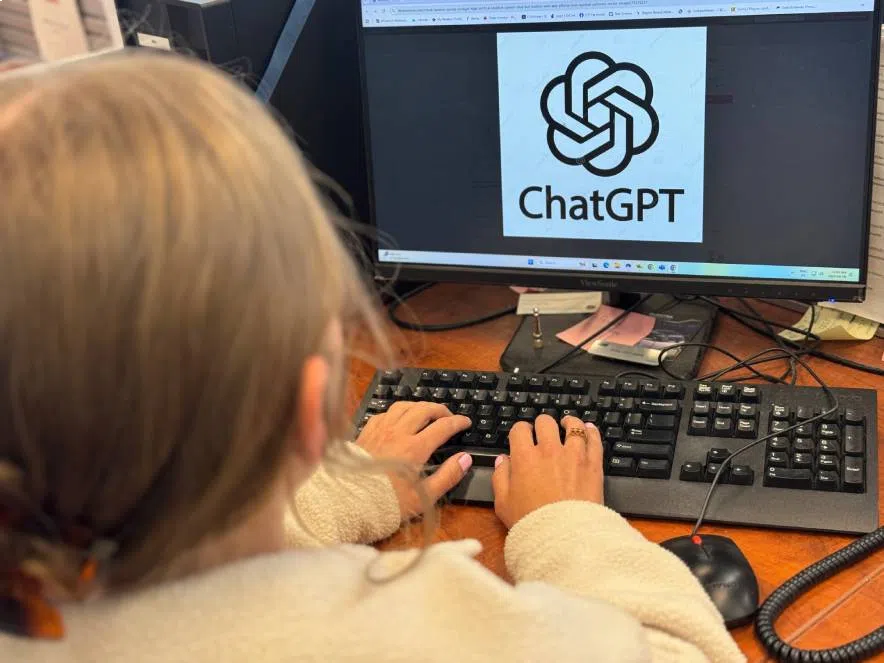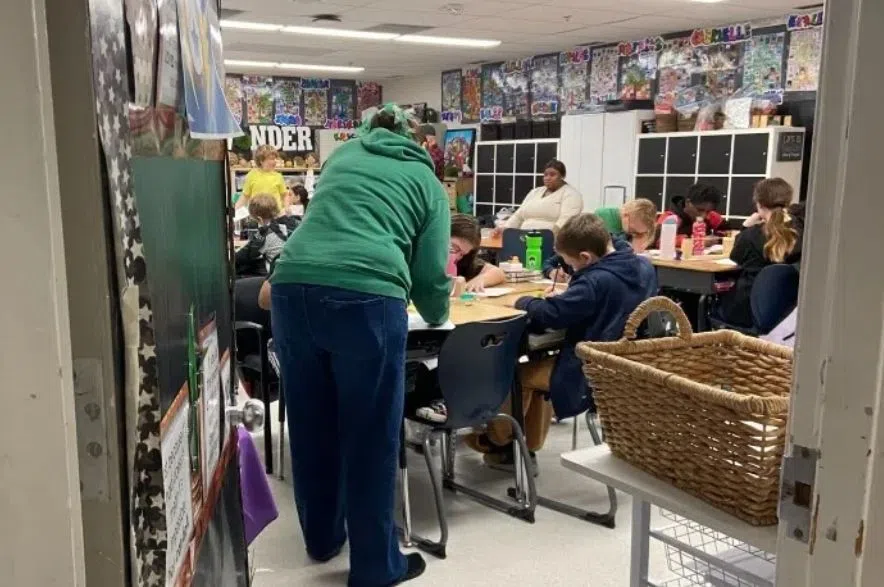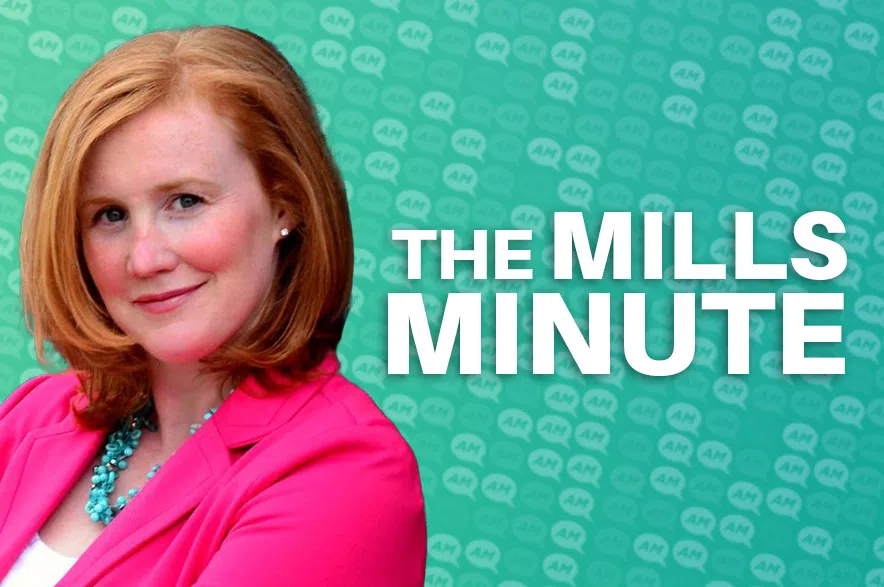Saskatchewan schools are welcoming new teachers this year to help tackle the growing challenges of complexities in classrooms.
Classroom complexity teachers are based on the needs of the school as a whole, rather than a single classroom. Teachers in these roles can offer targeted support in areas such as literacy, math, behaviour and mental health.
Read more:
- $20M for class complexity added to Sask. teachers’ collective agreement
- Sask. K-12 cell phone ban aims to help students ‘reach their potential’
- Once upon a classroom: A touch of Tinkerbell at Wildwood School
The new position comes from the last round of provincial collective bargaining last spring, from an arbitrated decision to provide around 500 additional teachers across the province. Additionally, smaller schools can receive more support through a $20 million class complexity fund.
Schools with 150 students or more will receive one full-time class complexity teacher, while smaller schools will have a part-time position.
President of the Saskatchewan Teachers’ Federation, Samantha Becotte, said the roles within the positions will be determined through collaboration between school divisions and school staff.
“Essentially, it’s going to be an additional teacher within the building that isn’t assigned to a classroom,” Becotte said in an interview with 650 CKOM on Wednesday.
“They’re going to be able to respond a little bit quicker within the day to some of the urgent student needs.”
She said that teachers without educational assistants, or another professional, are left to navigate unique needs in their classroom alone — whether it’s academic, behavioural or social. She noted that with the growing complexity of classrooms, more help is needed to bridge that gap.
“I think it is going to be hugely beneficial for students, individually in their learning, but also for the school community,” she said.

STF president Samantha Becotte said the challenge lies between ensuring students aren’t using artificial intelligence to produce material and submitting it as their own, and finding a way to teach students how to use it to support their learning. (Florence Hwang/980 CJME)
Cell phone ban and Artificial Intelligence use
Last year, the province announced that cell phones would not be permitted in K-12 classrooms during class time in an effort to remove distractions and to keep students focused.
Becotte said the reaction has been mixed from teachers, but noted the majority of feedback has been positive in terms of improving student focus and supporting education at the same time.
However, Becotte said the cell phone ban can also pose challenges when it comes to accessing technology.
She said most Saskatchewan schools don’t have adequate access to technology, and restricting the use of personal devices can inhibit a teacher’s ability to have engaging lessons or activities that require technology.
“We’re in a day now where technology isn’t going away,” she said.
While Becotte said technology shouldn’t be used every minute in the classroom, it can be used responsibly, contributing to success in adulthood and the workforce.
It’s the same challenge with the use of artificial intelligence in the classroom, Becotte explained, while noting teachers are looking for guidance on how to structure lessons to reflect the current day and age.
She said the challenge lies between ensuring students aren’t using artificial intelligence to produce material and submitting it as their own, and finding a way to teach students how to use it to support their learning.
“I think there’s a lot of work that needs to be done around policy development to ensure privacy and security and the well-being of both students and staff,” Becotte said.
She said students should be able to use artificial intelligence ethically and responsibly, while still being critical thinkers in a classroom environment.











